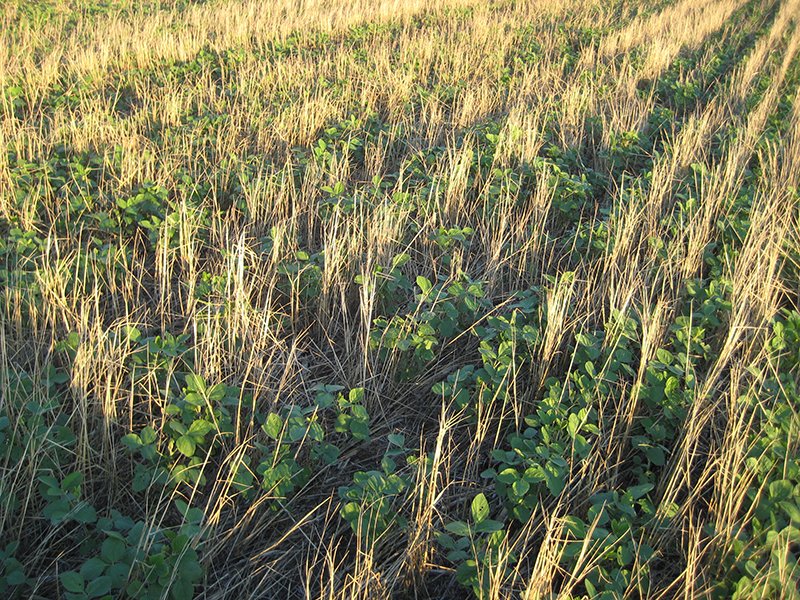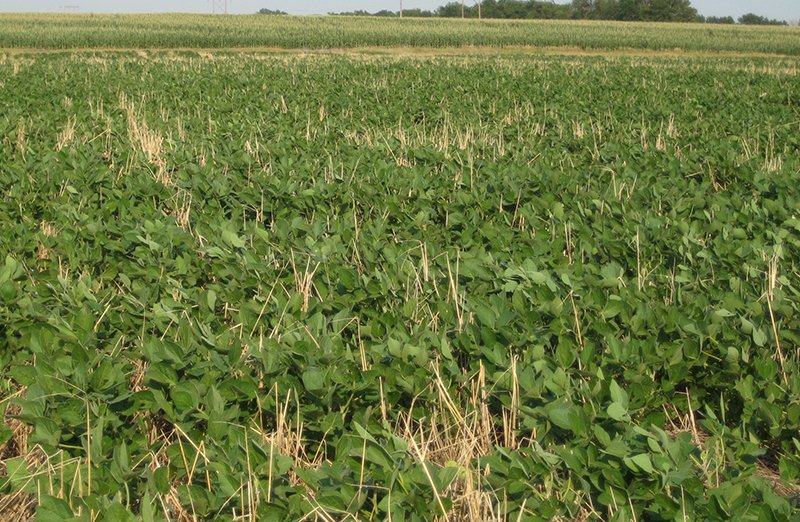by Matt Hagny, freelance agronomic consultant since ’94
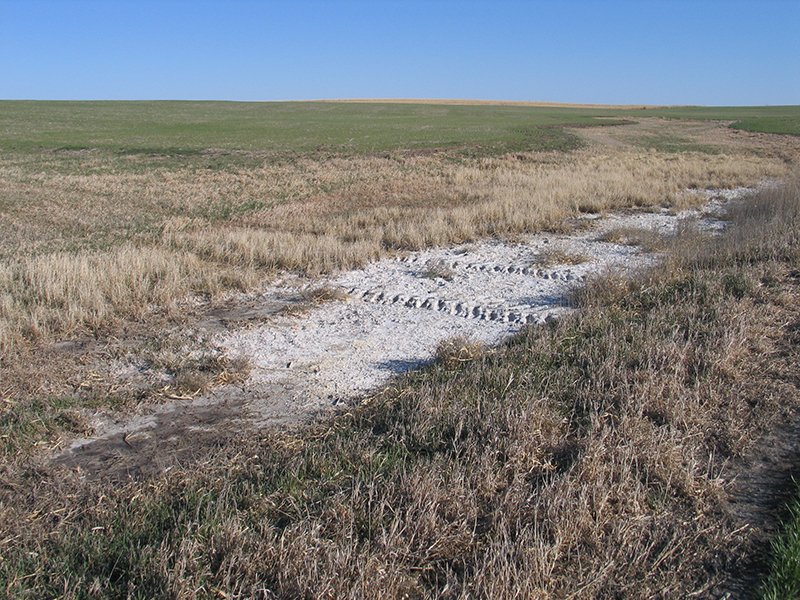
Farmers always have drought worries close to top of mind. No-till with abundant mulch certainly blunts the effect of a drought. However, the extra moisture storage with no-till (via increased infiltration, and reduced evaporation) creates potential for pernicious loss of nutrients by leaching if the extra water isn’t put to use. This loss via leaching goes on almost every year, and in much drier regions than you might expect (leaching of N has been documented at Akron, Colorado on dryland!). This leaching of nutrients is a direct cost every year. Furthermore, not making use of the extra water stored by no-till also accelerates the formation of saline seeps and other salt-afflicted spots (these often show up under tillage regimes, too, especially if rotations are far too conservative; but with no-till, these get dramatically worse rather quickly if the extra water isn’t being put to work).
Many of you have done a good job with getting switched over 100% to permanent no-till, some of you with 20 – 40 yrs of history with it already. So you’re probably doing considerably better with capturing rainfall and limiting evaporation (assuming mulch cover is high), but many of you haven’t intensified rotations enough to extract all the water you’re trying to store. The cup overfloweth.
The Corn Belt should understand the value of potassium losses, for instance, as this region is a heavy user of K fertilizers. On the Great Plains, especially the western High Plains, we often have soils that are naturally quite high in K because of lower rainfall over the eons, as well as higher levels of Ca & Mg which reduce K leaching — but this K supply isn’t infinite, and I see more fields becoming K deficient in central Kansas all the time. It’s easy to ignore a nutrient you’ve never had to buy as fertilizer, but don’t think this will go on forever. If you’re losing 25 – 50 lbs of K per year to leaching, you’re gonna run out sooner or later.
Sulfate and nitrate are also easily lost to leaching. Those are significant expenditures. So is chloride if you’re not already applying KCL. Boron is also lost, although cheap to replace. Even some relatively immobile nutrients can be lost to leaching if there’s enough water going thru the profile for enough years – look at all the P that is found in tile lines from Corn Belt fields, for instance. Nearly all nutrients will leach, given enough time, which is why sandy soils require so much more fertilizer.
Calcium can also be lost to leaching, although K leaches first. Loss of the cations Ca, Mg, and K is why pH drops quickly on flatter fields where precipitation usually infiltrates, as opposed to part of it running off.
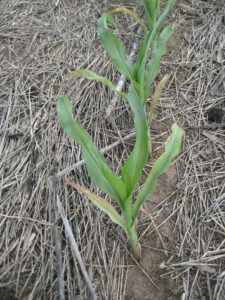
Salt in your wounds
Salt-afflicted areas, most commonly with a white crust forming on them, make appearances on sidehills or towards the bottom of slopes. (Depending on the chemistry, in some regions these appear as a brown or black crust instead; either way, not much grows in these areas.) They are worse some years than others, but generally get progressively worse—many places in the Dakotas now have 10% of fields lost to saline seeps. They are very rare in adjacent pastureland of similar topography, so it is something about annual crops that causes the seeps (hint: it has to do with rooting and water extraction). (For all the Corn Belt readers, these saline seeps are not easily rectified with tile drainage, since there’s often no place for the water to go—the eastern Dakotas is a ‘prairie pothole’ region.)
What is happening is more water is infiltrating than is being removed by vegetation. If the water can continue percolating thru the subsoil (for instance, you farm on top of a 500-foot-deep layer of sand), then nothing is ever noticed (until nitrate levels begin rising in the water wells nearby). But if there are any subsoil layers that are less permeable than the topsoil, then the water will have a tendency to move laterally downslope just above the less-permeable layer—but this flow is invisible, since it occurs beneath the surface, until that less-permeable layer meets the surface somewhere downslope, forcing the water being carried just above it back aboveground. You notice that spot is unexpectedly quite wet and boggy. That’s just the beginning. After another decade or two, that spot often starts getting this white crust, and it’s increasingly difficult to get crops to grow there (except barley, which is quite tolerant). The salts in these areas is actually fertilizer, gypsum & lime, for the most part – lots of Ca, Mg, K, Cl, nitrate, sulfate, boron, etc.
Well, if you have salt-afflicted areas forming, that means you’re trying to store more water in the soil than what it can hold. The same as with leaching.
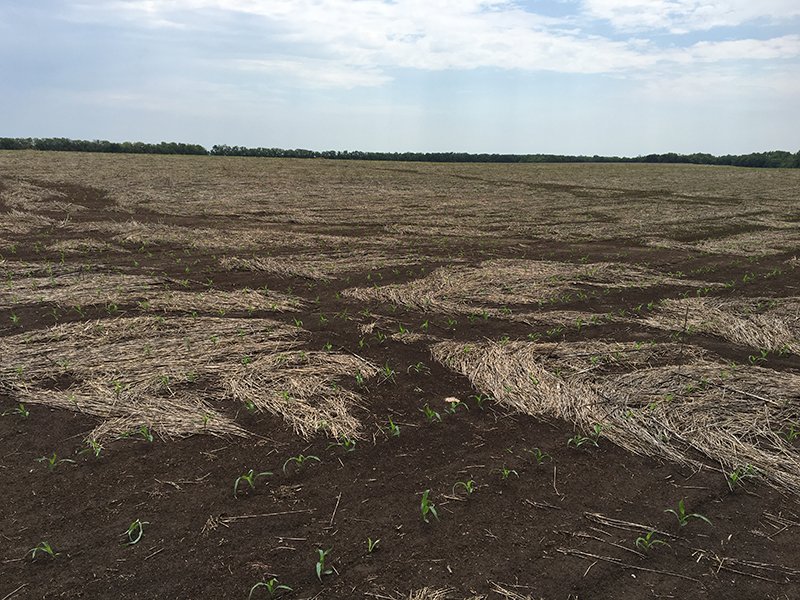
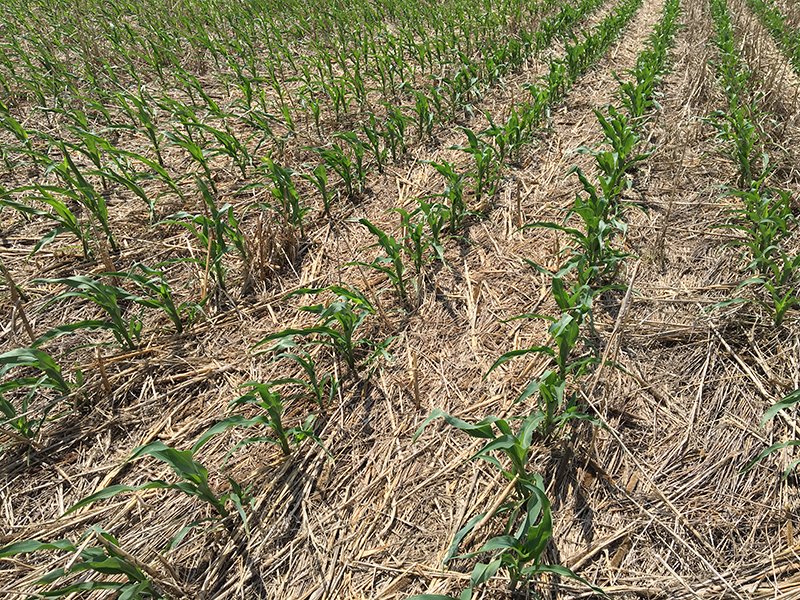
Reclaiming those nutrients (and salty areas)
To truly get a handle on those losses, you need to prevent the water from migrating too far downward. This means intensifying the rotations to extract more water. It may also mean using cash crops that root deeper — sunflowers (10 feet on good soil) or alfalfa (30+ ft on good soil), where adapted (neither will tolerate waterlogging). Indeed, alfalfa is the only way I know of to truly reclaim salt-afflicted areas in Neb, Ks, or Oklahoma, and it is promoted in the Dakotas to reclaim these areas when mixed with salt-tolerant crested wheatgrass (the alfalfa grows on the edges, and the wheatgrass in the worst of the salted area). You can set a boundary in your sprayer software to shut off the booms when going across these small spots. After 5 – 10 years, you are often able to kill this and resume growing cash crops on the spots.
For many of you, on the field at large, the next step of intensification is cover crops, and getting as much growth from these for as long as possible (without perpetually hindering your ability to grow cash crops). Some of you are already there. One of the easiest ones is cereal rye ahead of soybeans — certainly everyone East of Hwy 81 or maybe even Hwy 14 in KS should be doing this. Wonderful erosion prevention, and weed suppression too.
Another that’s fairly easy is growing something after wheat or other small grain harvest, where the following crop will be a summer crop. In KS, this probably should be a warm-season grass such as pearl millet. In cooler climates with less summer remaining after wheat harvest (e.g., eastern SD), it probably should be a mix based on oats that grow until freezing out.
Interseeding the cover crops while the cash crop is still growing is the ultimate in pulling out excess moisture. There is a lot of experimenting being done on this, with either running an opener between the existing crop rows to seed the cover crop, or dropping the cover-crop seeds onto the soil surface (airplane, helicopter, ground rig). In warmer and drier climates, seeding the covers on the soil surface is terribly inconsistent unless you have irrigation pivots. Running an opener between the rows of the cash crop has more promise in the warmer regions. One thing that is done in Brazil is to interseed Brachiaria (related to signalgrass) into the corn when the corn is just a couple inches tall – there are 3 rows of Brachiaria between each corn row. There is no yield loss on the corn, and by the time the corn dies, the Brachiaria has formed a dense lawn underneath. Brachiaria seed isn’t readily available in USA, but perhaps we could be doing something similar with cowpeas, mungbeans, or pearl millet between the corn rows.
Dwayne Beck will say that what we really need is several years of perennials interspersed with the annual crops (the old Argentine system of 7 yrs of annual grain crops, then 7 years of perennial pasture, then 7 yrs of grain farming again, etc.—the Argentine gov’t ruined this or it would still be commonplace there). And if a person wants to do cattle on cropland in Neb/KS/Ok/Tx or other warm regions, I contend that the only sustainable way to do it is with perennial vegetation (generally we just can’t control the erosion if any grazing is permitted on annual crops or cover-crops between those annual crops). The difference is soil resilience. Annual crops usually only have about 1/3 of their biomass belowground. Perennials are more like 2/3. Plus, a perennial is (by definition) alive the entire year, so hoof action is always on live roots, and a very robust root system at that!
There are benefits. During the grain crop leg of their rotation, the Argentines were very successful at growing these amazing crops with not that much fertilizer. It was due to the health of the soil — the effect of the perennials in making use of all the moisture, and what the perennials did to the microbiology of the soil. Perennials are generally quite mycorrhizal, so this allowed an extremely dense network of hyphae to flourish and bring forth P, Zn, and other nutrients that were difficult to access by annual crops and their mycorrhizae. The P, Zn, etc., accumulated in the vegetation (except what was removed as animal weight gain, which is not insignificant). There was very little K, sulfate, or nitrate, or anything else leaching away because of the nature of (adapted) perennials.
Furthermore, free-living N-fixing microbes such as Azospirillum proliferated under the perennial vegetation. These are ‘free-living’ in that they’re not associated directly with plant roots, such as Rhizobia are. These free-living N-fixers do well when there’s not much extra N in the soil—such as during a perennial rotation (unless you apply fertilizer N, which the Argentines never did, because they always included some alfalfa and other legumes in with their perennial grasses).
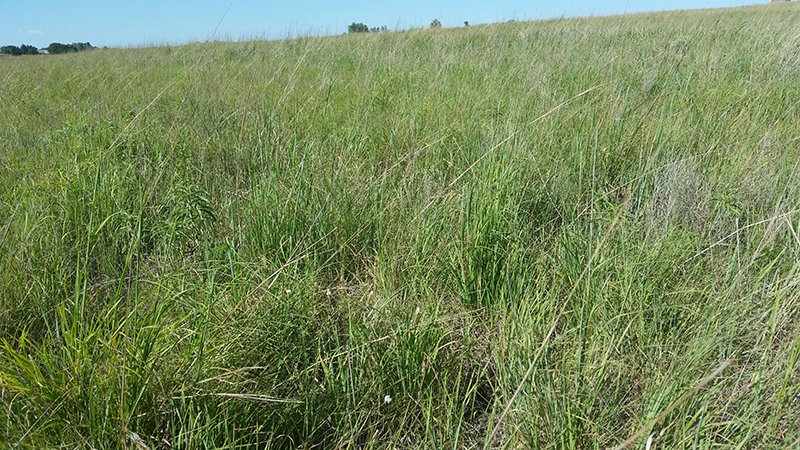
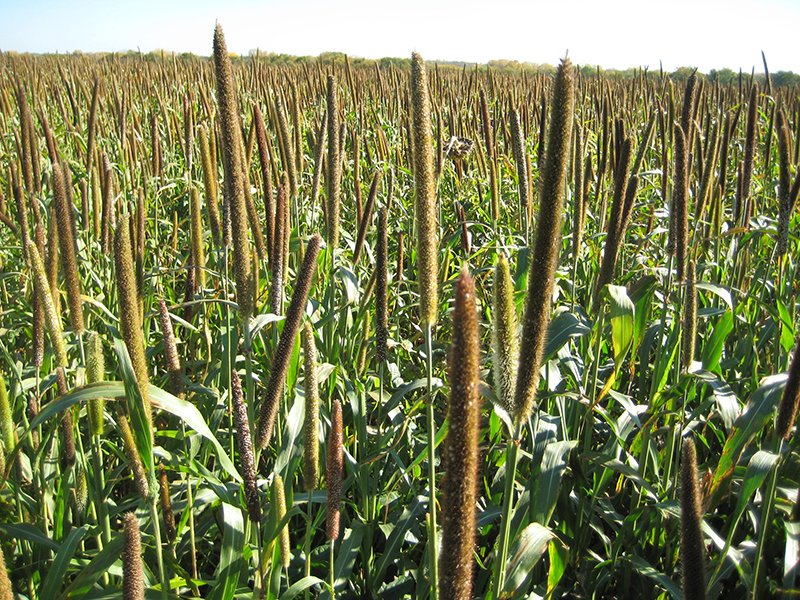
Choose Your Future
In summary, water usage by vegetation needs to match what is infiltrating the soil. Too much moisture in the soil has many undesirable consequences, not just the formation of salted areas, but also the leaching (loss) of many nutrients that eventually must be replaced with fertilizers. Excessively wet soils also cause denitrification, problems for plant growth (lack of aeration), and interference with field operations (and compaction). Excessively wet soils will also have more runoff and erosion, since the soil cannot readily infiltrate more water. Cover crops are an important management tool to prevent these problems, as well as adding diversity to a system that often needs it. They can also increase soil OM and improve aggregation.
